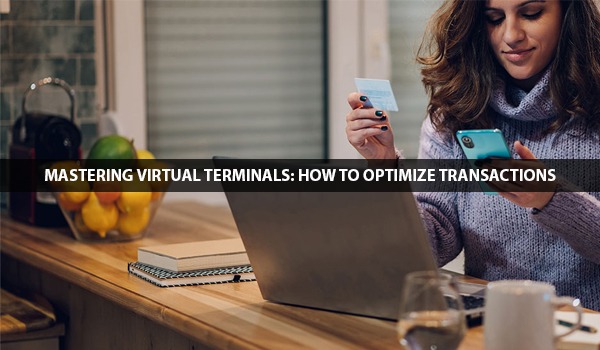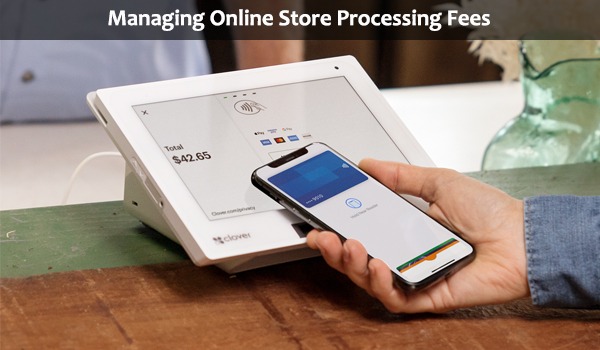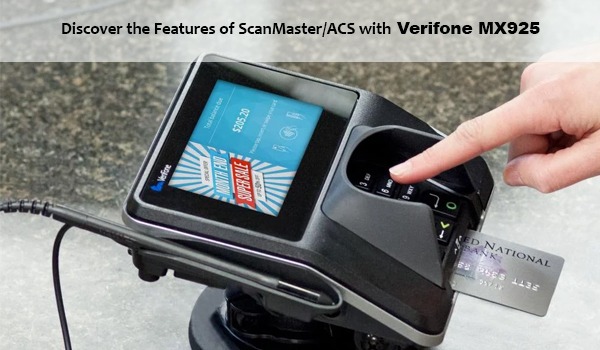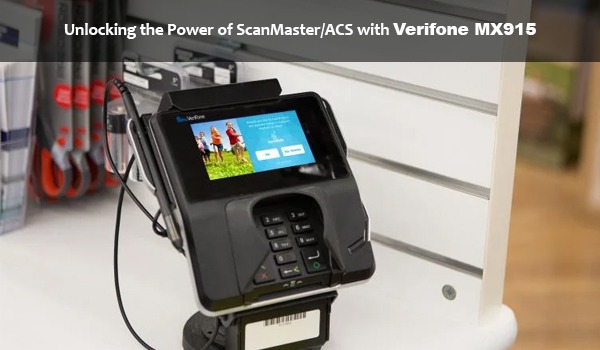
Introduction
Virtual terminals have revolutionized how businesses process transactions, offering convenience, flexibility, and efficiency. In this comprehensive guide, we'll delve into the world of virtual terminals, exploring how businesses can optimize transactions to streamline operations and enhance customer experiences.
Understanding Virtual Terminals
Virtual terminals are web-based applications that allow businesses to process payments securely over the Internet without the need for physical card terminals. They function as a virtual version of traditional point-of-sale (POS) terminals, enabling merchants to accept payments from customers remotely. Key features include:
- Payment Processing: Virtual terminals serve as a crucial tool for businesses to manage payment processing seamlessly. They facilitate the entire transaction lifecycle, starting with authorization, where the transaction is approved by the card issuer. Once authorized, the virtual terminal captures the transaction details, including the amount and card information, for further processing. Finally, the settlement process occurs, where funds are transferred from the customer's account to the merchant's account. This end-to-end processing ensures that payments are efficiently handled and funds are securely transferred.
- Accessibility: One of the key advantages of virtual terminals is their accessibility. Unlike traditional point-of-sale (POS) systems tied to physical terminals, virtual terminals can be accessed from any internet-enabled device, including computers, tablets, and smartphones. This accessibility makes virtual terminals highly versatile and suitable for businesses of all sizes and industries, from small startups to large enterprises. Whether you're a brick-and-mortar store looking to expand your payment options or an e-commerce business operating entirely online, virtual terminals provide the flexibility to accept payments anytime, anywhere.
- Security: Security is paramount in payment processing, and virtual terminals are equipped with robust security measures to protect sensitive payment data. Encryption is a fundamental security feature employed by virtual terminals, where data is scrambled into unreadable ciphertext during transmission, making it virtually impossible for unauthorized parties to intercept and decipher. Additionally, tokenization enhances security by replacing sensitive cardholder data with unique tokens, reducing the risk of data theft. Other security measures may include multi-factor authentication, firewalls, and regular security audits to ensure compliance with industry standards and regulations such as the Payment Card Industry Data Security Standard (PCI DSS). By prioritizing security, virtual terminals provide merchants and customers with peace of mind knowing that their payment information is safeguarded against potential threats.
Setting Up Your Virtual Terminal
Setting up a virtual terminal is a pivotal step for businesses aiming to streamline payment processing. The important factors are:
- Choosing the Right Provider: Researching and comparing virtual terminal providers is essential to find one that best suits your business requirements. Take into account elements such as characteristics, costs, dependability, and client assistance. Look for providers that offer a comprehensive range of services, including payment processing, security features, and reporting tools. Additionally, evaluate the pricing structure to ensure it aligns with your budget and transaction volume. By carefully selecting the right provider, you can lay a solid foundation for seamless payment processing.
- Integration with Existing Systems: Integration with your existing payment systems, accounting software, and CRM platforms is vital for efficient operations. Before choosing a virtual terminal provider, assess its compatibility with your current infrastructure. Ensure that the virtual terminal seamlessly integrates with your payment gateway, allowing for smooth transaction processing. Similarly, verify compatibility with accounting software to streamline financial reporting and reconciliation processes. Additionally, integration with CRM platforms enables you to track customer interactions and payment history, providing valuable insights for customer relationship management.
- Customization Options: Customizing the virtual terminal interface is crucial to reflect your brand identity and enhance the user experience for both merchants and customers. Look for providers that offer flexible customization options, allowing you to tailor the interface to meet your specific requirements. Customize the layout, color scheme, and branding elements to align with your brand guidelines. Furthermore, optimize the user interface for ease of use and navigation, ensuring a seamless checkout experience for customers. By leveraging customization options, you can create a cohesive brand experience and enhance engagement with your virtual terminal platform.
Optimizing Transactions for Efficiency
Optimizing transaction processing is a fundamental aspect of enhancing business efficiency and customer satisfaction. Here's a comprehensive look at how you can streamline your payment processes:
- Streamlining Payment Processes: Simplifying checkout procedures and reducing transaction times are essential for providing a seamless customer experience. To achieve this, evaluate your current checkout flow and identify any unnecessary steps or friction points. Consider implementing one-click checkout options, guest checkout features, and address autofill to expedite the payment process. Additionally, optimize the user interface of your virtual terminal to ensure intuitive navigation and clear instructions for customers. By streamlining payment processes, you can minimize checkout abandonment rates and increase conversion rates.
- Accepting Multiple Payment Methods: Catering to diverse customer preferences by accepting various payment methods is crucial for expanding your customer base and increasing sales. In addition to traditional credit and debit card payments, consider integrating alternative payment solutions such as digital wallets (e.g., Apple Pay, Google Pay) and ACH transfers. Offering a wide range of payment options not only accommodates different customer preferences but also enhances convenience and flexibility. Ensure that your virtual terminal supports seamless integration with multiple payment gateways to enable secure and reliable payment processing across all channels.
- Automating Recurring Payments: Implementing automated recurring billing is particularly beneficial for subscription-based services or businesses with regular billing cycles. By automating recurring payments, you can streamline billing processes, reduce administrative overhead, and improve cash flow management. Set up recurring payment schedules for subscription renewals, membership fees, or installment payments, allowing customers to conveniently authorize ongoing transactions. Additionally, provides customers with the flexibility to manage their recurring payment preferences, such as updating payment methods or adjusting billing frequencies, through self-service portals. Leveraging automated recurring payments not only enhances operational efficiency but also enhances customer satisfaction by ensuring seamless and hassle-free billing experiences.
By prioritizing these strategies, businesses can optimize transaction processing, improve operational efficiency, and enhance the overall customer experience.
Enhancing Security and Compliance
Security and compliance are paramount in virtual terminal transactions to protect against data breaches and fraud:
- PCI Compliance: Ensure compliance with Payment Card Industry Data Security Standard (PCI DSS) requirements to safeguard cardholder data and maintain trust with customers.
- Fraud Prevention Measures: To identify and mitigate fraudulent transactions, implement fraud detection tools and strategies, such as address verification and velocity checks.
- Data Encryption: Encrypt sensitive payment data during transmission and storage to prevent unauthorized access and mitigate the risk of data breaches.
Analyzing Transaction Data
Leverage transaction data to gain insights into customer behavior, identify trends, and make data-driven decisions:
- Reporting and Analytics: Use reporting and analytics tools provided by your virtual terminal provider to generate comprehensive reports on transaction volume, sales performance, and customer demographics.
- Identifying Opportunities for Improvement: Analyze transaction data to identify areas for optimization, such as pricing strategies, product offerings, and customer service enhancements, to drive business growth and profitability.
- Best Practices for Mastering Virtual Terminals: Implement best practices to maximize the benefits of virtual terminals and ensure smooth operation.
Training and Education
Provide comprehensive training to staff members on how to use the virtual terminal effectively and adhere to security protocols.
- Customer Support: Offer dedicated customer support channels, such as phone, email, and live chat, to assist merchants and customers with any inquiries or issues related to virtual terminal transactions.
- Regular Updates and Maintenance: Stay informed about software updates and perform regular maintenance to ensure the security and functionality of your virtual terminal system.
Conclusion
Mastering virtual terminals is essential for businesses seeking to streamline transactions, enhance security, and improve overall efficiency in today's digital economy. By understanding the features, optimizing processes, prioritizing security measures, and leveraging transaction data, businesses can unlock the full potential of virtual terminals to drive growth and success.









